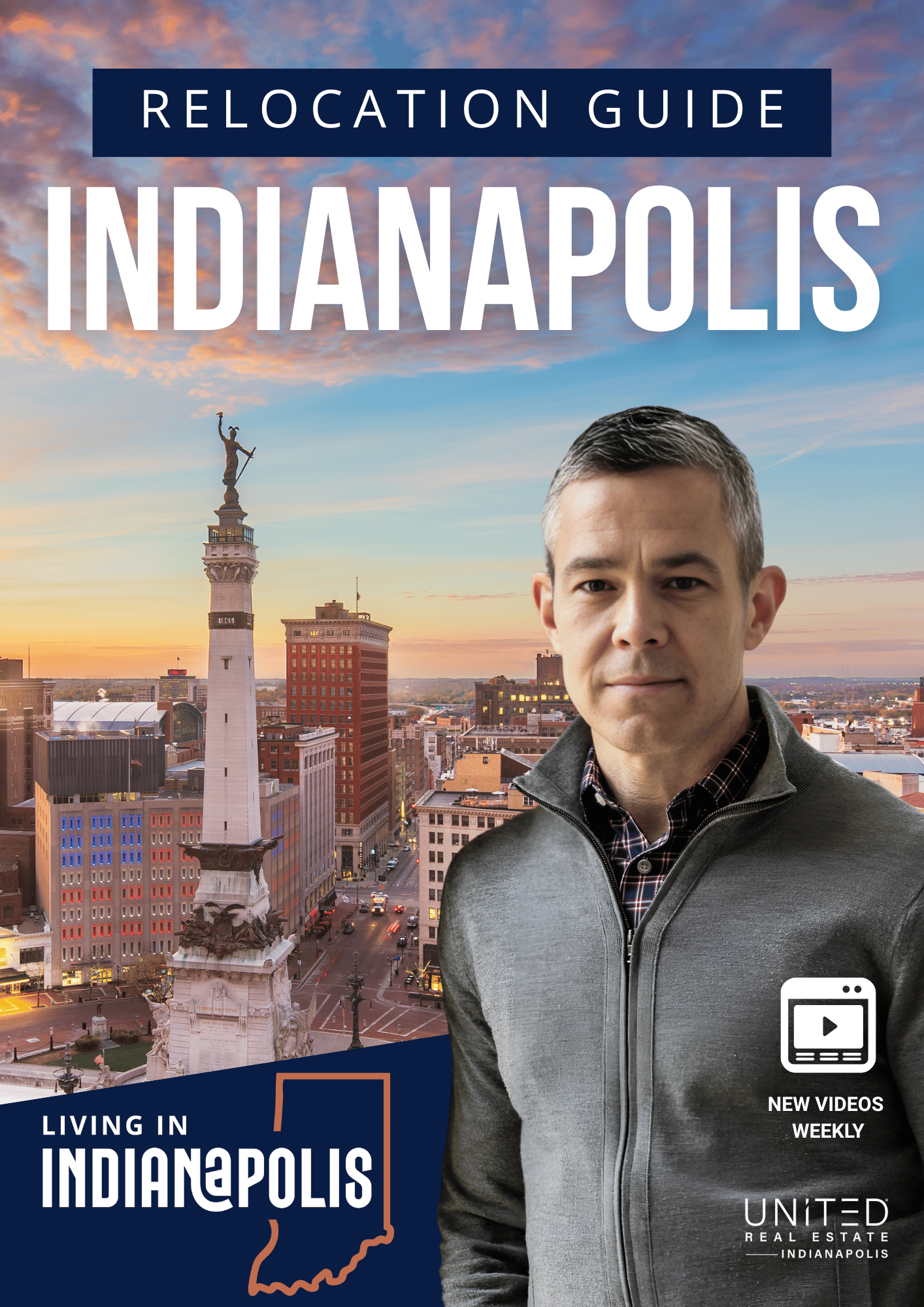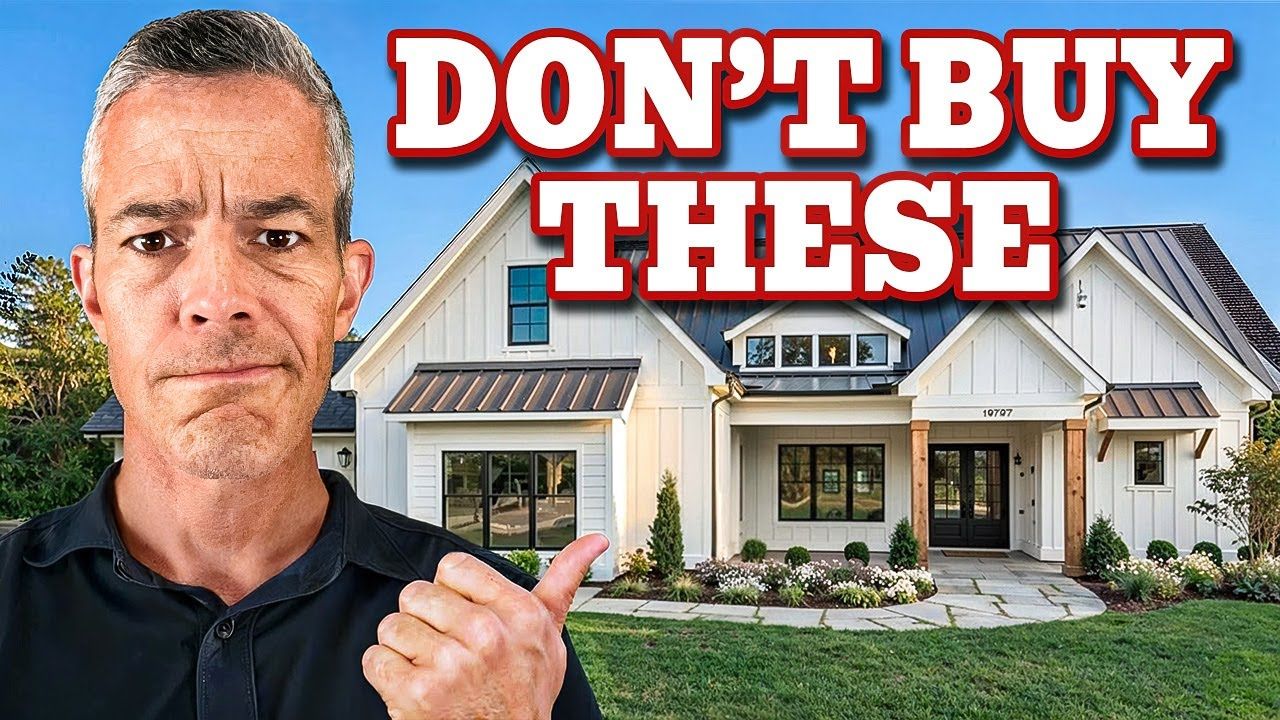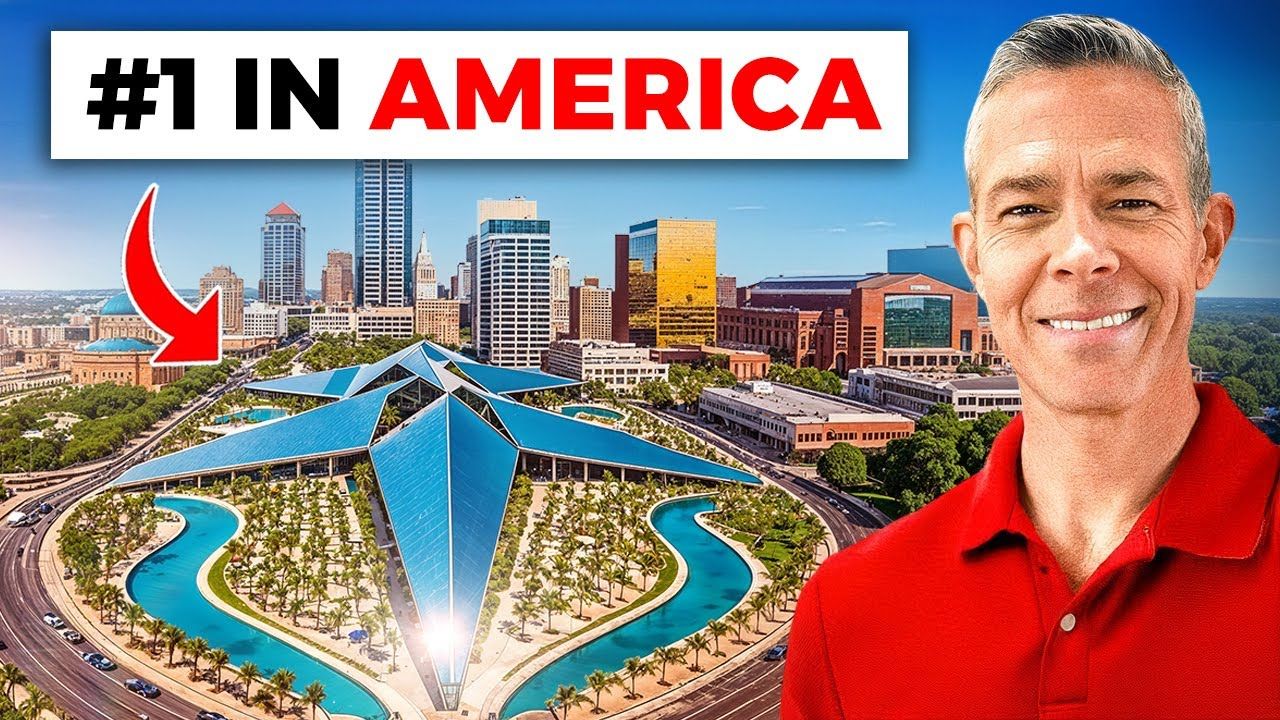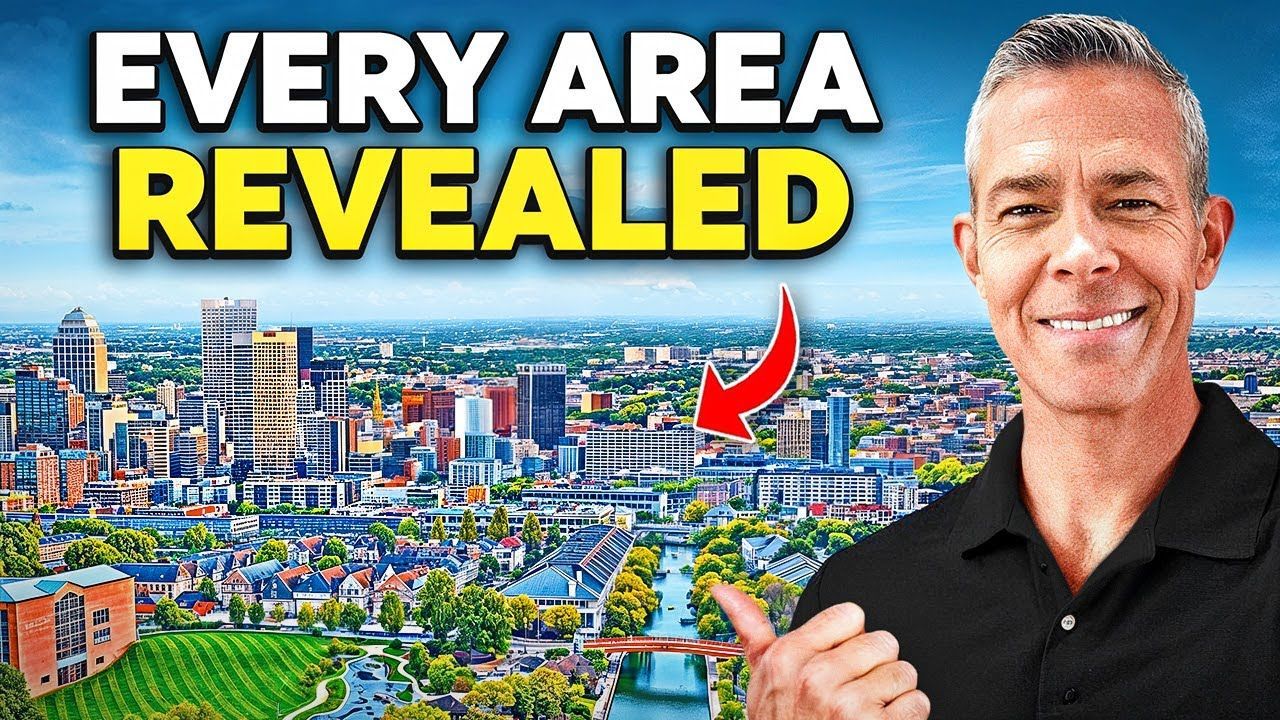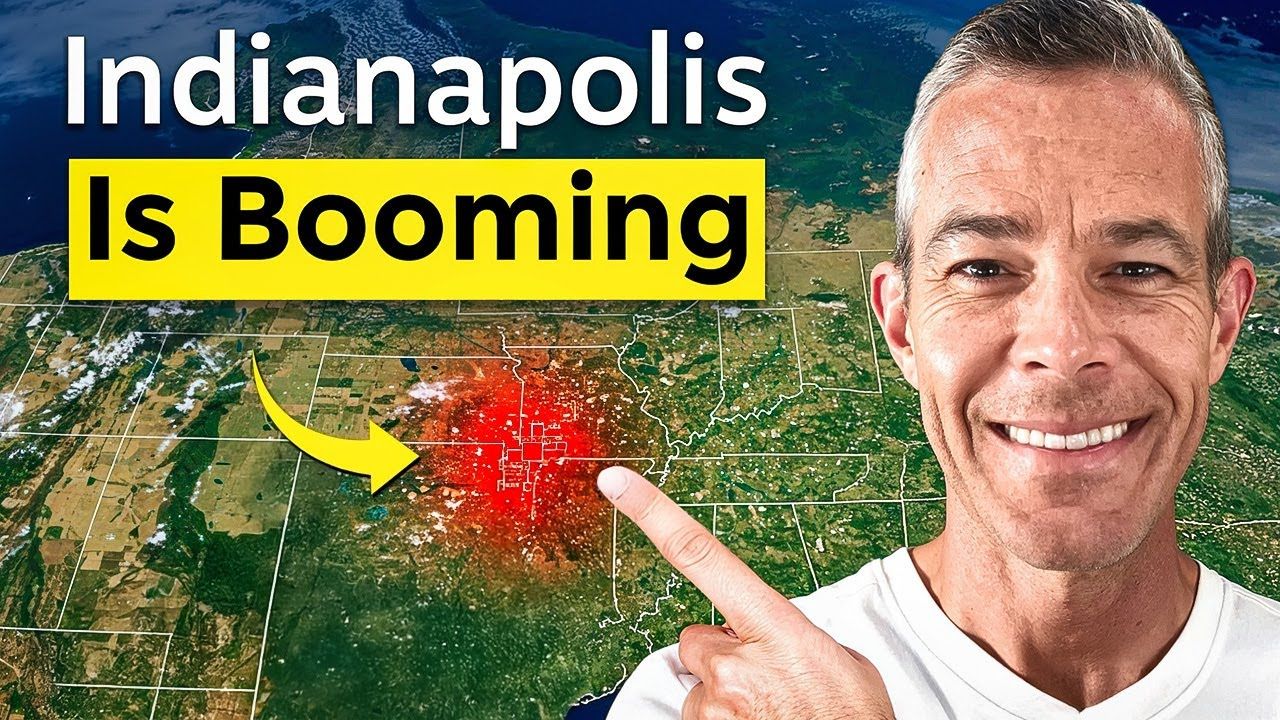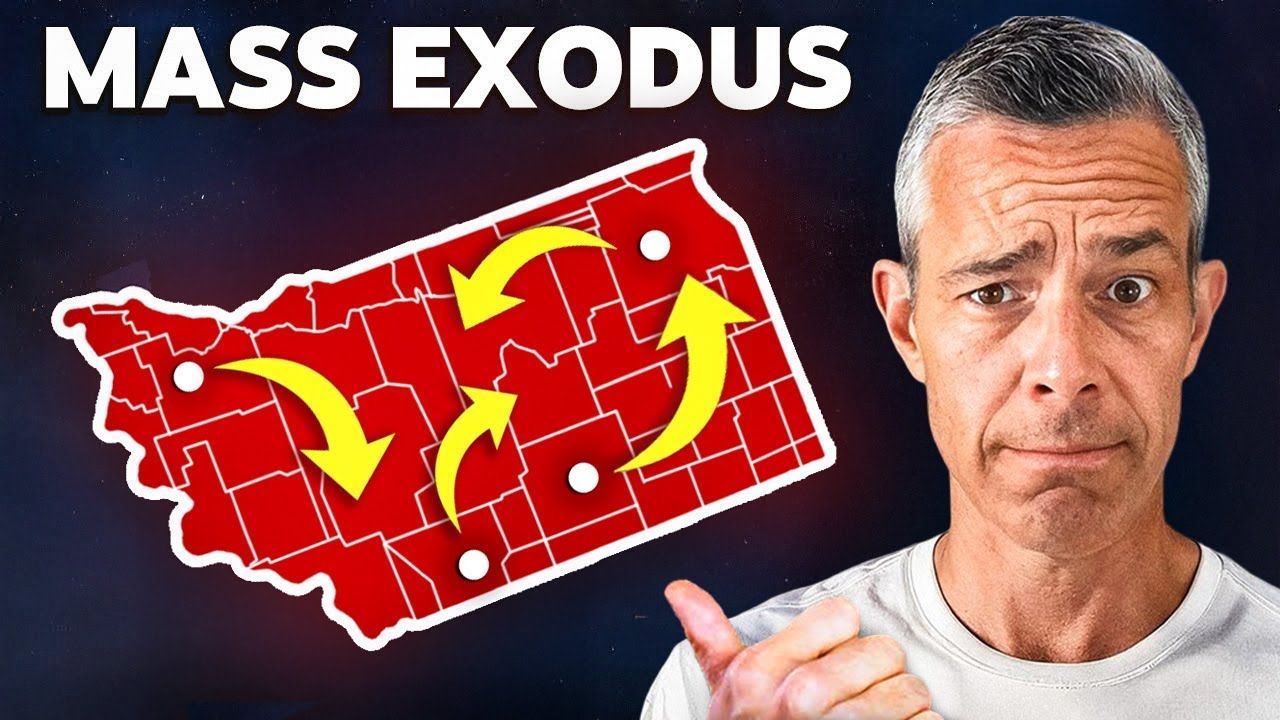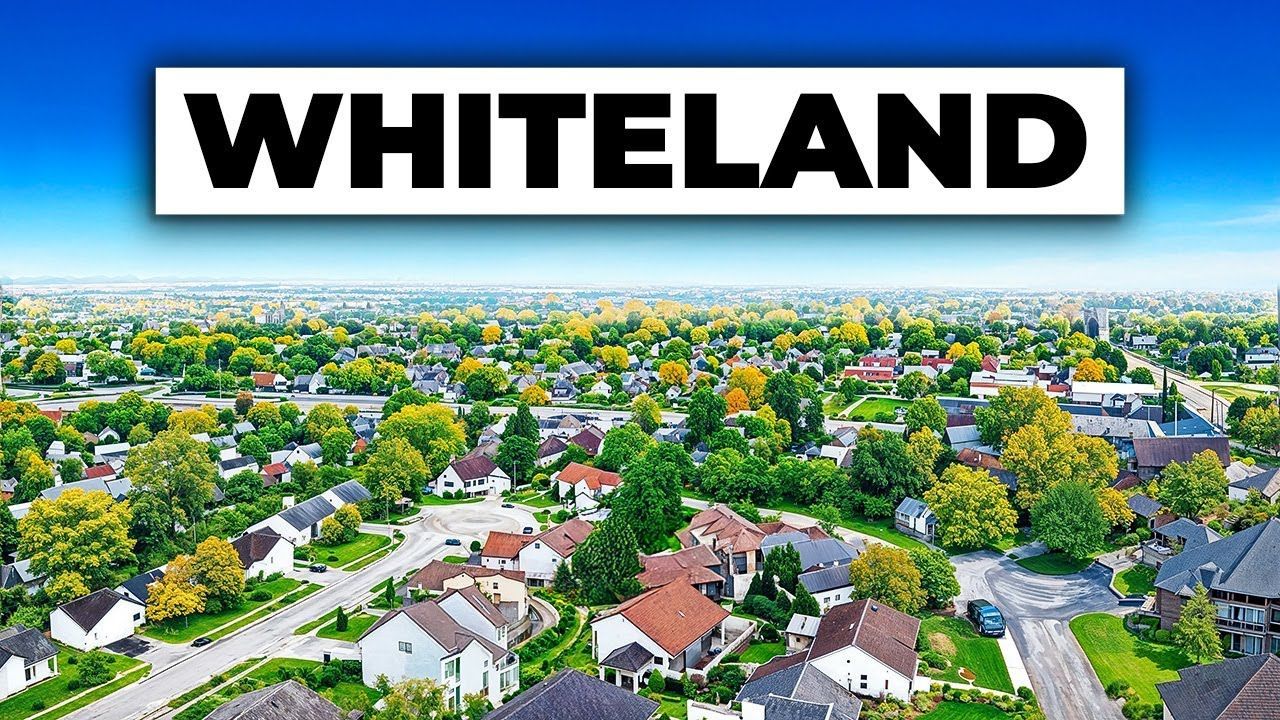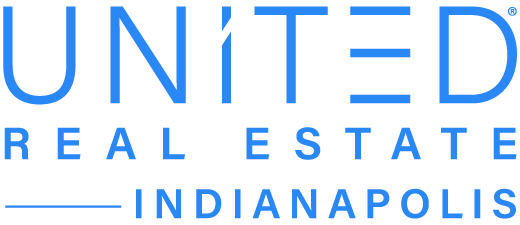Ranking Indianapolis NO HOA Areas From WORST to BEST
If you've been watching the housing conversation lately, you've probably seen the backlash against homeowners associations. I made a video about Indianapolis NO HOA areas that walks through real neighborhoods, shows what to expect at different price points, and ranks examples from D tier up to A tier. I'm Jason Compton with Living In Indianapolis, and in this article I expand on that walkthrough so you can evaluate Indianapolis NO HOA areas for your next move.
Table of Contents
- Ranking Indianapolis NO HOA Areas From WORST to BEST
- D Tier Area
- C Tier Area
- B Tier Area
- A Tier Area
- How to choose the right Indianapolis NO HOA areas for you
- Pros and Cons Summary: Indianapolis NO HOA areas
- FAQs About Indianapolis No HOA Areas
- Conclusion — Choosing the right Indianapolis NO HOA areas
Ranking Indianapolis NO HOA Areas From WORST to BEST
There are real choices if you want to live in Indianapolis NO HOA areas. Whether you want to avoid HOA dues or dislike rules about paint colors and lawn flags, going HOA-free has tradeoffs. Across Indianapolis and the surrounding towns you’ll find everything from bargain-priced blocks that need work to exclusive, estate-like neighborhoods without an HOA.
Before we jump into the tiers, here are a few baseline facts I use when evaluating Indianapolis NO HOA areas:
- The citywide median home price in Indianapolis (all properties) is approximately $325,000 at the time of this analysis.
- When you isolate homes in Indianapolis NO HOA areas, the median drops — roughly to about $260,000 — because many lower-priced older homes lack HOAs.
- Not having an HOA removes certain restrictions but also removes an enforced standard for maintenance and community rules, creating potential hidden costs and lifestyle issues.
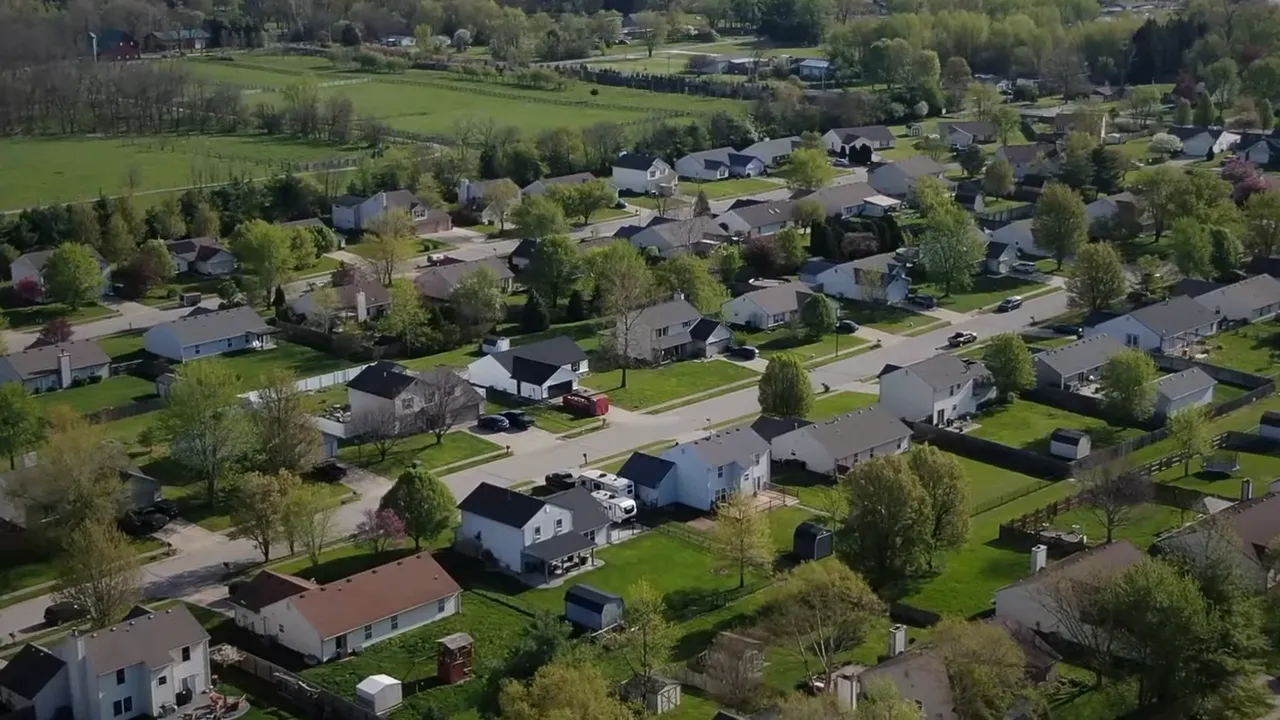
VIEW HOMES FOR SALE IN INDIANAPOLIS, IN
D Tier Area
D tier Indianapolis NO HOA areas are the most budget-friendly neighborhoods. If you’re looking purely for a low purchase price, these neighborhoods deliver — but you'll likely trade that low sticker price for more work and uncertainty.
Key snapshot of D tier Indianapolis NO HOA areas:
- Median prices well below citywide median: in many parts of southeast Indianapolis you’ll see medians around $218,000 or lower.
- Some houses priced under $170,000 in pockets such as Christian Park and parts of Windsor Park.
- Homes are older and often need significant maintenance (roofs, windows, HVAC, plumbing, exterior).
- Neighborhood turnover and investment/rental density are typically higher — you’ll see lots of cars on streets and parcels that may not be well maintained.
Why people choose D tier Indianapolis NO HOA areas:
- Buyers on tight budgets who want to live in the home or investors seeking flips or long-term rentals.
- Opportunity buyers who plan to renovate and add immediate value.
Hidden costs and tradeoffs to watch for:
- Major repairs that can be cash-out-of-pocket: If you finance the purchase with a conventional mortgage, money to repair a bad roof or problematic HVAC often must come from savings unless you qualify for a rehab loan. That undermines the “cheap house” appeal quickly.
- Maintenance and deferred upkeep: Older homes frequently have multiple deferred maintenance items. Factor inspection results into your offer.
- Rental concentration: No HOA rules may mean higher rental density. If you prefer stable, owner-occupied blocks, choose carefully.
- Street congestion & parking: In many D tier areas, on-street parking can be crowded. Expect to compete for curb space on busy evenings.
- No curb on neighbors' appearance: Without HOA enforcement, properties beside you might be poorly maintained; that affects pride-of-ownership and resale value.
If you’re serious about a D tier Indianapolis NO HOA area, invest in a detailed home inspection and budget conservatively for repairs. Understand who the neighbors are (owner-occupied vs. investor-owned) and drive the area in the evenings and weekends to get a real feel for parking and noise.
C Tier Area
The C tier covers neighborhoods with character and tight-knit community vibe but mixed housing conditions. These are Indianapolis NO HOA areas where lifestyle matters — historic districts with festivals and walkable commercial strips but also with some variability in home condition.
Irvington is a prime example of a C tier neighborhood. It has:
- A historic downtown strip along US 40 with shops, restaurants, and seasonal events like the Halloween festival.
- Homes with historic charm, often built decades ago, which can either be lovingly preserved or in need of significant work.
- Median home prices on the outskirts of Irvington around $247,500, which is still below the overall citywide median but above the no-HOA median for the lowest tier.
Other examples of C tier Indianapolis NO HOA areas include Fountain Square and Fletcher Place. Fountain Square has undergone revitalization over the last 15–20 years; get close to the core and you’ll find contemporary renovations and teardowns, while the edges can still offer deals just over $200,000.
What to expect living in C tier Indianapolis NO HOA areas:
- More community events and walkability than D tier areas — a lifestyle attraction for many buyers.
- A mix of well-renovated properties and some that still need work. Historic homes can carry both charm and special maintenance needs.
- Occasional price spikes for unique or fully restored historic homes — you’ll see some properties climbing into the $400k–$600k range depending on size and updates.
Tips for buying in C tier Indianapolis NO HOA areas:
- Budget for sympathetic historic renovations — these can be more expensive because of period details and material matching.
- Check local zoning and historic preservation guidelines — some districts have restrictions that impact renovations.
- Assess noise and traffic on main corridors like US 40 — living on the commercial strip has perks and tradeoffs.
B Tier Area
B tier Indianapolis NO HOA areas are strongly lifestyle-driven. These neighborhoods often offer walkable amenities, character-rich homes, and sustained long-term demand. Inventory is limited because these neighborhoods are established and aren’t expanding.
Meridian Kessler is a textbook B tier neighborhood:
- Character homes, urban-suburban feel, and a walkable coffee shop / restaurant culture. Places like Cafe Patachou are neighborhood hubs.
- Median sale price around $480,000 — significantly above the citywide median — because the demand for this character is strong.
- Limited supply: these neighborhoods are built out, so homes on the market are infrequent and often competitive.
Butler-Tarkington sits just west of Meridian Kessler and offers similar advantages at a slightly lower median price (about $390,000 at the time of this analysis). Proximity to Butler University gives partial urban energy and strong long-term demand but also introduces variability — student housing and pockets of higher turnover near campus.
What I tell buyers considering B tier Indianapolis NO HOA areas:
- Expect competition — low inventory plus steady demand equals few choices in many price ranges.
- Decide what matters most: proximity to restaurants/coffee shops vs. larger interior lot or quieter block.
- Be ready to move quickly when a suitable property appears on market; value in these neighborhoods often holds up well over time.
- Check micro-locations: north vs. south of campus, street-to-street differences can be dramatic.
A Tier Area
A tier Indianapolis NO HOA areas are the most exclusive and often the most expensive neighborhoods without formal HOAs. These neighborhoods offer estate-like properties, large lots, and mature landscaping — and they come with higher absolute costs and unique resale considerations.
Two standout A tier neighborhoods are Meridian Hills and Williams Creek:
- Meridian Hills: a wide pricing range depending on lot and home — median sale prices from roughly $485,000 up to $3.5 million for larger estate properties.
- Williams Creek: typically higher entry — median sale price around $1.22 million and often climbing well above $3.5 million for prime estates.
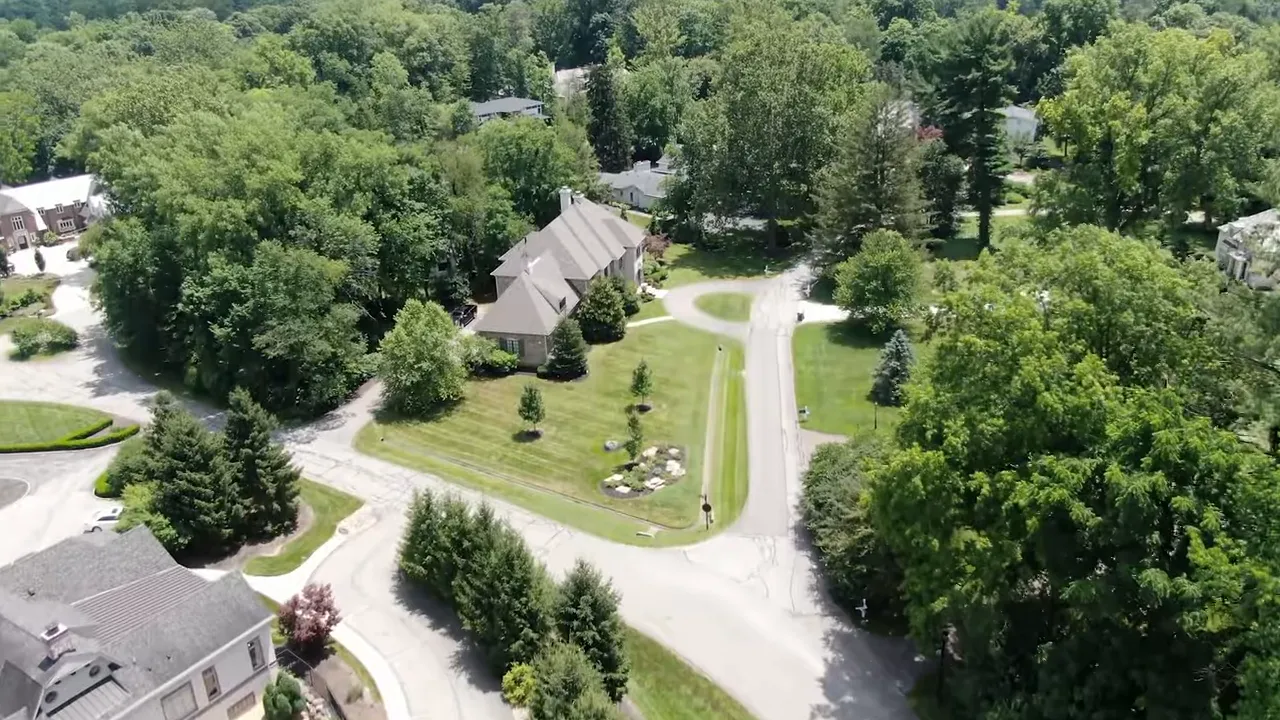
Characteristics of A tier Indianapolis NO HOA areas:
- Estate-like homes on large lots (often 1–3+ acres), mature tree canopy, and custom architecture.
- High privacy and exclusivity but less walkability to cafes and shops — you trade proximity for space.
- Monthly upkeep and maintenance costs can be unexpectedly high: exterior maintenance, landscaping, pool service, higher utility bills, and larger systems to maintain.
- Resale nuance: very specific, highly customized houses may appeal to a narrower buyer pool; some buyers with large budgets prefer to build anew rather than buy a home they must substantially modify.
What buyers must think through in A tier Indianapolis NO HOA areas:
- Maintenance budget: Factor in ongoing costs — mowing multiple acres, maintaining drainage and driveways, seasonal tree care, and systems for large homes.
- Resale market: Unique design choices can limit buyer appeal; more niche homes can sit longer when inventory grows.
- Commute and lifestyle: If you crave urban walkability, these neighborhoods may require more driving to restaurants and activities.
How to choose the right Indianapolis NO HOA areas for you
There’s no single “best” Indianapolis NO HOA area — it depends on budget, lifestyle, maintenance tolerance, and long-term plans. Use this checklist as you evaluate neighborhoods:
- Budget & total cost of ownership: Include expected maintenance, potential repair costs from inspection, property taxes, and landscaping/groundskeeping for larger lots.
- Inspect for deferred maintenance: For Indianapolis NO HOA areas in lower price tiers, get a comprehensive inspection and prioritize roof, foundation, electrical, HVAC, and plumbing.
- Lifestyle match: Do you want walkable restaurants and coffee shops (look to B and C tier), or do you want acreage and privacy (A tier)?
- Neighborhood composition: Drive the area during different times — see evening parking, weekend activity, and noise levels.
- Long-term resale: Ask: will buyers in five to ten years want this home and neighborhood? Highly specialized homes can be harder to sell.
- Financing for rehabs: If you need to make repairs, confirm financing options up front (rehab loans, renovation mortgages, or cash reserves).
- Rental concentration: If you want low turnover, avoid areas with high investor activity unless you can tolerate it.
VIEW HOMES FOR SALE IN INDIANAPOLIS, IN
Practical steps when touring Indianapolis NO HOA areas
- Visit the neighborhood at different times (weekday morning, afternoon, weekend) to read noise, parking, and activity levels.
- Talk to neighbors if they’re comfortable — they can tell you about the block’s reality vs. the listing photos.
- Order a property inspection and review the report with a contractor for realistic repair estimates.
- Consider a contingency for hidden expenses — set aside 5–15% of purchase price for near-term repairs depending on the house condition.
- Work with me so I can share comparable sales in Indianapolis NO HOA areas and give micro-neighborhood insights.
Pros and Cons Summary: Indianapolis NO HOA areas
Here’s a quick summary of the main pros and cons you’ll see across Indianapolis NO HOA areas:
Pros
- Lower purchase price in many neighborhoods compared to HOA communities.
- More freedom — no HOA rules about exterior paint, holiday decorations, or flags.
- Potential for value-add through renovation or landscaping improvements.
- Greater variety: from budget-friendly to estate-class properties all without HOAs.
Cons
- No enforced maintenance standard — neighbors’ deferred upkeep can affect your property value.
- Hidden and unpredictable maintenance costs, especially in older homes or large properties.
- Higher rental concentration in some neighborhoods can mean turnover and street parking congestion.
- Less predictability — you assume more responsibility for community standards and curb appeal.
Download FREE Relocation Guide
FAQs About Indianapolis No HOA Areas
Are Indianapolis NO HOA areas cheaper than neighborhoods with HOAs?
Often they are. Many Indianapolis NO HOA areas (especially D tier) have lower median purchase prices, but you must consider post-purchase expenses — repairs, upgrades, and maintenance. A “cheap” house can be costly if it needs a new roof or HVAC right away.
What hidden costs should I expect in Indianapolis NO HOA areas?
The usual suspects are roof replacement, window upgrades, HVAC systems, foundation and plumbing work, exterior siding/paint, and potentially more frequent landscaping and tree care if you have a larger lot. In older homes, electrical upgrades to meet modern code can be a surprise.
Can I get financing for a home that needs work in these neighborhoods?
Yes, but you’ll want to explore renovation loan options (e.g., FHA 203(k), Fannie Mae HomeStyle Renovation) or simply plan for cash reserves. Conventional loans typically require the property to be in habitable condition and may limit financing for immediate major repairs without a separate rehab loan.
How do I avoid areas with high rental concentration?
Drive neighborhoods at different times, look for “For Rent” signs, check property tax records for frequent owner changes, and ask the listing agent how many units have investor owners. Local agents can also provide rental-to-owner ratios for specific blocks.
If I buy in an A tier Indianapolis NO HOA area, will I have trouble selling later?
Unique custom estates can sometimes be a smaller pool to sell to. However, A tier neighborhoods with strong reputation (Meridian Hills, Williams Creek) often hold value due to rarity and desirable lot sizes. Price realistically and stage the property to appeal to a wide audience when selling.
Where can I find a list of Indianapolis NO HOA areas?
Your best approach is to work with a local agent experienced in Indianapolis NO HOA areas. They’ll filter MLS for properties with “no HOA” and pair those search results with neighborhood insights about maintenance norms, rental density, and expected costs.
Conclusion — Choosing the right Indianapolis NO HOA areas
Indianapolis NO HOA areas offer a broad spectrum: bargain-powered D tier neighborhoods, lifestyle-driven B and C tiers, and exclusive A tier neighborhoods with estate properties. The right pick depends on your budget, appetite for maintenance, and lifestyle priorities. Choosing the wrong neighborhood can cost you through ongoing maintenance, lifestyle mismatch, or a narrower resale market later on.
If you’re starting your home search in Indianapolis NO HOA areas, I can help you map priorities to neighborhoods, run comparative market analyses, and highlight the long-term costs you might not see from a listing photo. As someone who’s helped hundreds of families relocate to the Indianapolis metro, my goal is to help you find the neighborhood that fits — not just the cheapest or the prettiest house online.
Want more help? Reach out to me at 317-932-8620 for neighborhood-specific advice, or request a relocation guide to get familiar with Indianapolis NO HOA areas and surrounding towns. I’ve guided many buyers to make informed choices without regret — I’d love to do the same for you.
jason compton
A former teacher turned full-time real estate agent serving Greater Indianapolis. I help buyers, sellers, and relocation clients make informed moves—especially those coming from out of state. From neighborhood insights to home tours, my goal is to simplify the process and help you feel confident in every step.
Stay Informed
Insights, Tips & Life in Indianapolis
Your go-to resource for all things real estate and Indy living. Whether you're buying, selling, relocating, or just curious about the local market, our blog is packed with helpful articles, expert advice, and community highlights to keep you informed and inspired.
